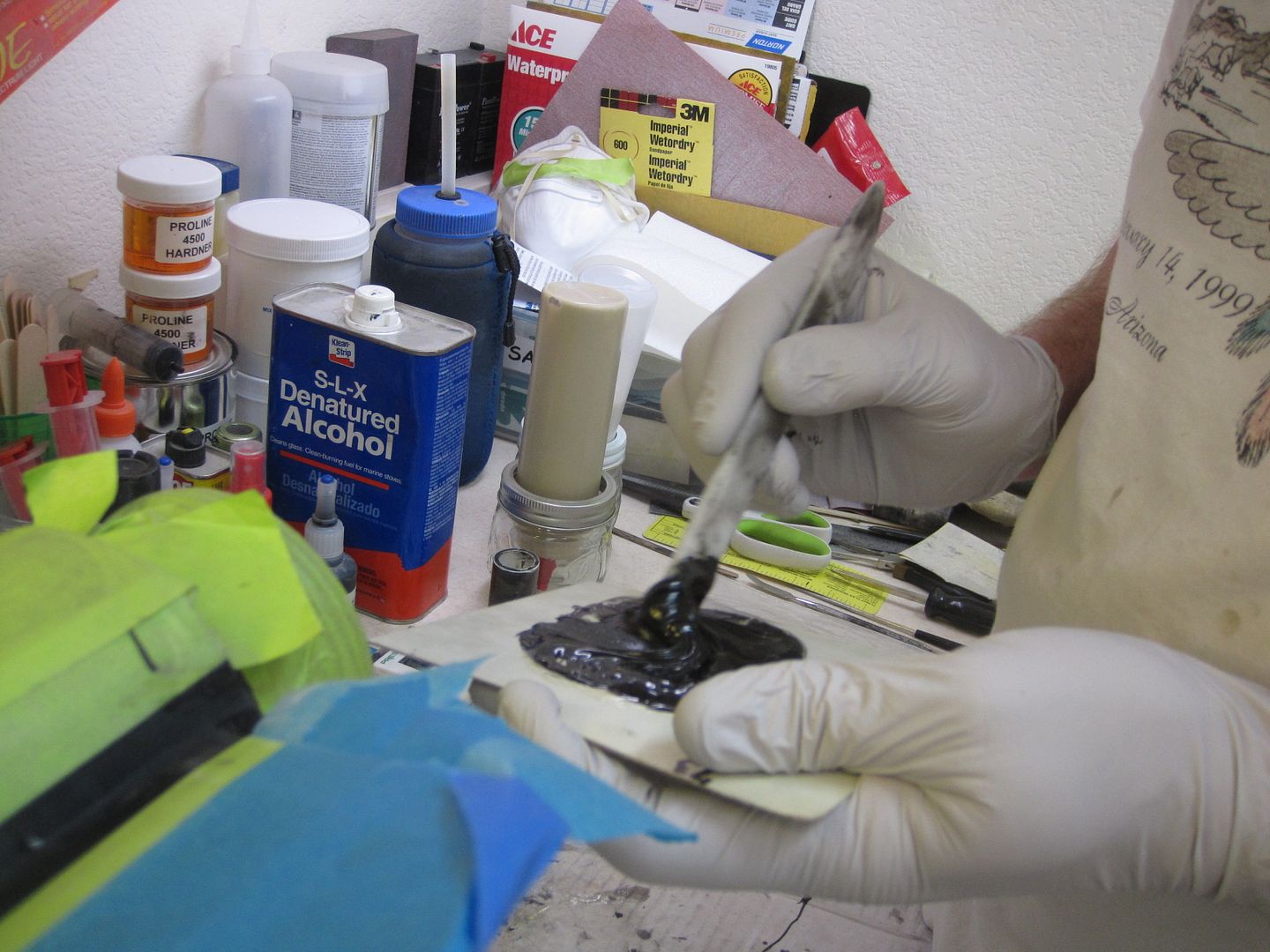I would like to share some of the technical information on ROCKETPOXY G5000 as we have been asked questions regarding some of the different rocket applications that can be used with our ROCKETPOXY G5000 especially regarding higher temperature applications. The ROCKETPOXY G5000 was developed for use as a high strength structural epoxy with a published temperature rating of 225 Deg. F. While some have used it successfully with securing motor retainers I would not suggest this unless the motor is in the smaller range (H and under) and definitely not a long burn, since the RP G5000 was not specifically developed for motor retainers you would have to only use with good judgment about the temperatures the epoxy may come in contact with, in most cases the motor tube will act as an insulator and the motor tube/retainer will not come in contact with the same temperature the external metal rocket motor case will elevate to but we still recommend to proceed cautiously. We have not advertised or marketed this product as a high temperature rated epoxy for large motor retainers and especially motors with long burns. With that being said I want to go into the specifics a little more about this. When the Maximum temperature rating is exceeded ROCKETPOXY G5000 will not have a catastrophic failure it will just start to soften up and get “gummy” when the temperature cools down below the rated temperature it will usually hardened back up.
We are very conservative on the temperature rating (it will definitely go another 50 deg F. to 275 Deg. F before it starts softening) and my gut feel is that many epoxy companies do not rate so conservatively so always read with some skepticism the maximum temperature numbers ratings that you see on the side of marketing packages such as boxes/tubes they are to some extent what the marketing department wants to be published and not always based on the exact breakdown of the epoxy. It is always prudent to find out exactly how the "Max temp" rating was established for an epoxy especially for extreme rocket projects where this may be used on a part that could effect the success or failure. For example you have probably seen another epoxy that is advertised on many rocket sites to be used for motor retainers and it starts with a “J” , the packages states it is rated for 550 deg. F We have tested that exact epoxy and if was our product we would not put that temperature rating on the box, I would use about 325 to 375 deg F. from what our testing showed. Keep in mind that some epoxy companies are just rating the Max. temp as what a large brick of cured material can hold up to a 30 to 60 second spike of the so called published max temp., we rate for continuous use for small 100 gram mass.
I as well as others have had great success with the ROCKETPOXY G5000 on some elevated temperature applications. For example I used the ROCKETPOXY G5000 exclusively on my Mach madness winner (at Thunderstruck) this year which was basically a custom machined aluminum motor case with CF fins and G10 FW airframe tube epoxied directly on the aluminum motor case, everything held together perfectly as planned, made two rockets one that launched with a K1200 the other a K1440 but first did a lot of analysis with the design so felt comfortable with the ROCKETPOXY G5000 choice.
Also we will be coming out with a high temp rating version of ROCKETPOXY ( called ROCKETPOXY G6000HT) rated for 400 TO 500+ Deg F. of continuous use in the near future, this will be specifically for motor retainers and outside components for extreme max mach flights or any component that will need this higher temp rated version.
Regards,
John Olevich
President
Glenmarc Industries Inc.




